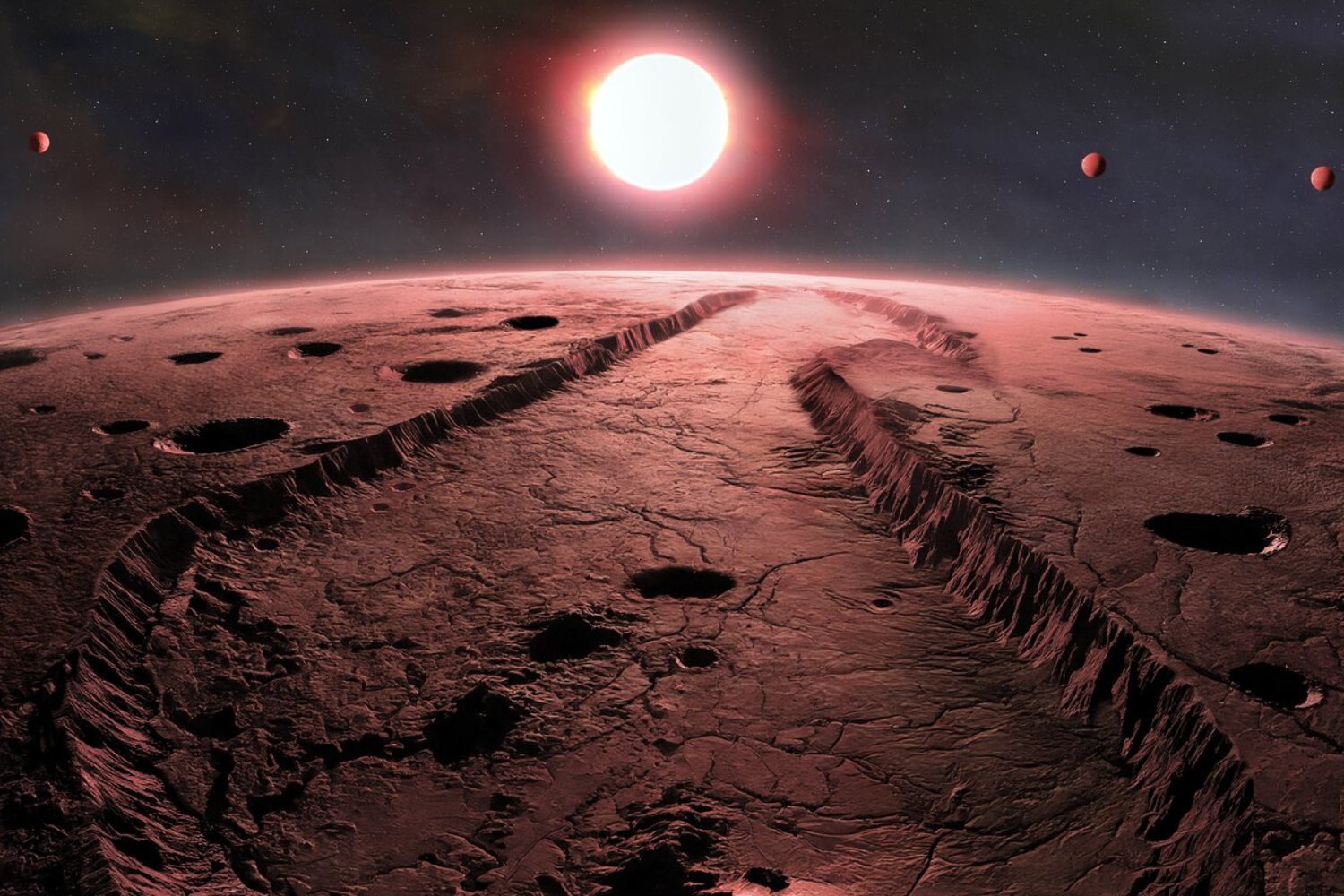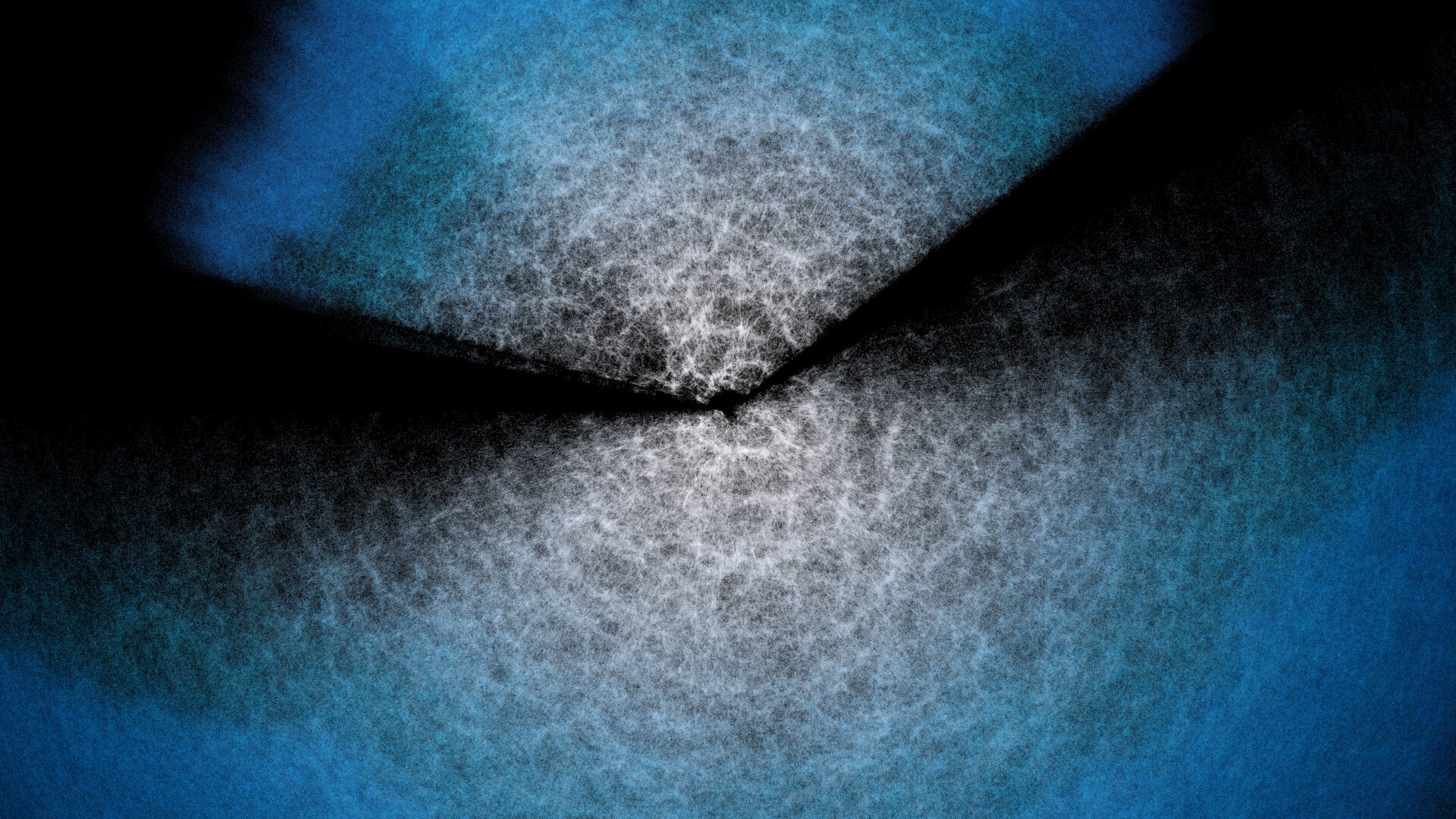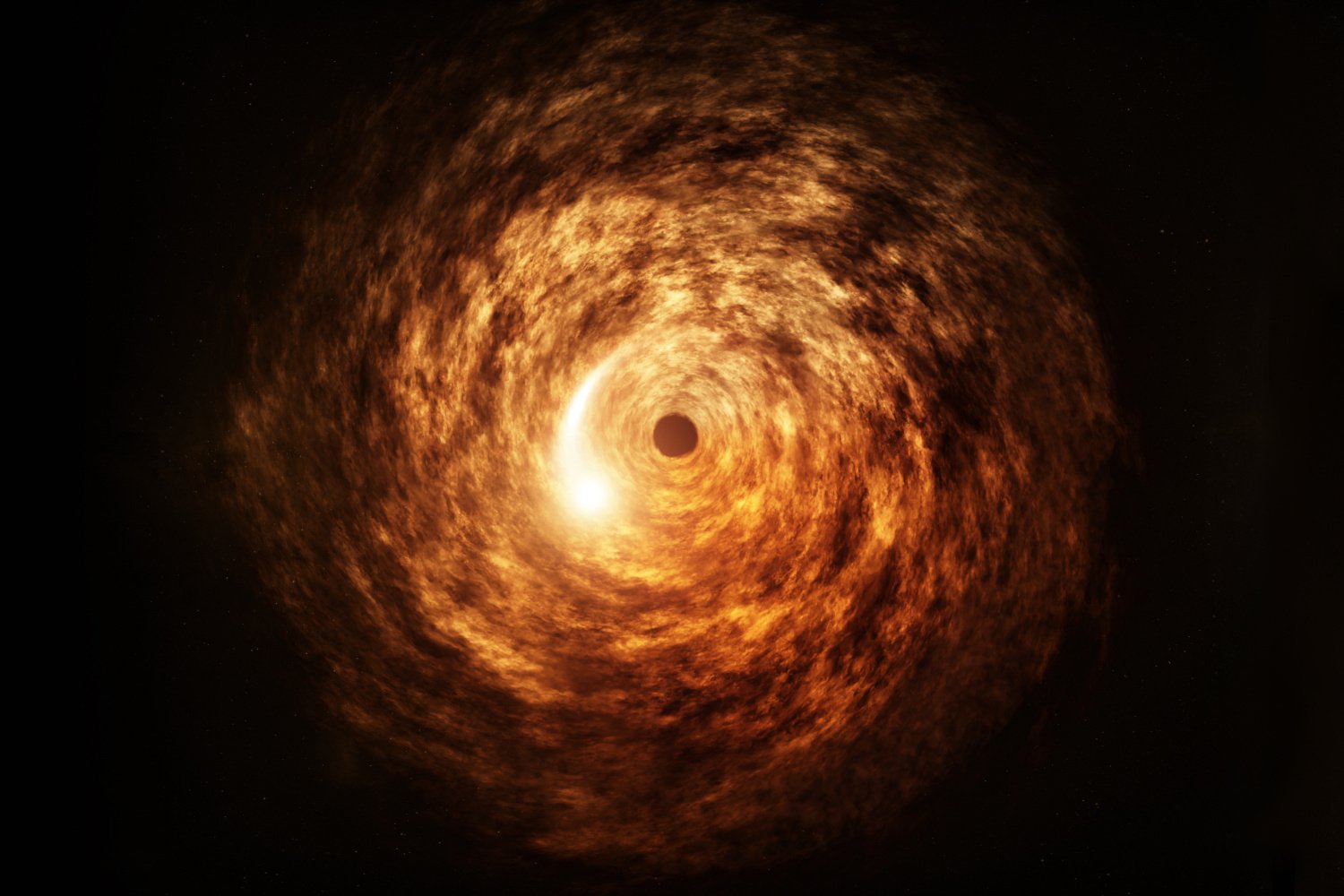Asteroid 2024 YR4, initially classified as a potentially hazardous object, has garnered significant attention from astronomers. While the threat to Earth has been dismissed, a potential lunar impact remains a possibility. This article delves into the asteroid’s origins, physical characteristics, and the ongoing research surrounding its trajectory.
Astronomers utilizing the Keck Observatory in Hawaii have conducted extensive research on 2024 YR4, revealing insights into its formation and composition. Evidence suggests this asteroid may be a fragment from a larger asteroid collision within the main asteroid belt, a region between Mars and Jupiter not typically associated with Earth-crossing asteroids. This unusual origin adds to the intrigue surrounding 2024 YR4.
Unveiling 2024 YR4’s Characteristics
Understanding an asteroid’s physical properties is crucial for developing deflection strategies should it pose a threat. Bryce Bolin, a research scientist with Eureka Scientific, emphasizes the importance of determining an asteroid’s shape and structural integrity for effective mitigation planning. This research, slated for publication in The Astrophysical Journal Letters, provides valuable data on 2024 YR4’s characteristics.
Initially discovered by the Asteroid Terrestrial-impact Last Alert System (ATLAS) in Chile in December 2024, 2024 YR4 was briefly considered a potential threat to Earth. However, updated calculations have significantly reduced this risk to near zero.
A Potential Lunar Impact?
While Earth is safe, the possibility of a lunar impact remains. NASA’s Center for Near Earth Object Studies has increased the probability of 2024 YR4 striking the Moon to 3.8%, based on data from the Webb telescope and ground-based observations. Such an impact would create a new crater on the lunar surface, providing scientists with a unique opportunity to study the relationship between asteroid size and crater dimensions.
Size and Shape of 2024 YR4
Estimated to be between 174 and 220 feet wide, 2024 YR4 is comparable in size to a 10-story building. Its flattened, irregular shape and rock-like density, along with its retrograde spin (opposite the direction of most solar system objects), distinguish it from typical Earth-crossing asteroids. These characteristics suggest it might be a boulder once part of a larger “rubble pile” asteroid.
Tracing the Asteroid’s Origins
The asteroid’s orbit suggests origins in the central main belt, a region less common for Earth-crossing asteroids. Its retrograde spin may have contributed to its inward drift toward Earth’s orbit.
Tracking and Future Observations
After its initial discovery, 2024 YR4 moved further from Earth. While its next close approach isn’t until December 2028, continuous monitoring by ground-based telescopes and space telescopes like Webb is essential for gathering crucial data and refining predictions. This information is vital for characterizing potential threats and planning appropriate mitigation strategies.
Conclusion: The Importance of Continued Research
Asteroid 2024 YR4 provides a valuable case study for rapid response observation and characterization of potentially hazardous asteroids. Continued research and monitoring are crucial for understanding these celestial objects, assessing potential risks, and ultimately safeguarding our planet and its celestial neighbors. The data collected from 2024 YR4 will contribute significantly to our understanding of asteroid formation, composition, and trajectories, furthering our ability to address potential future threats.











